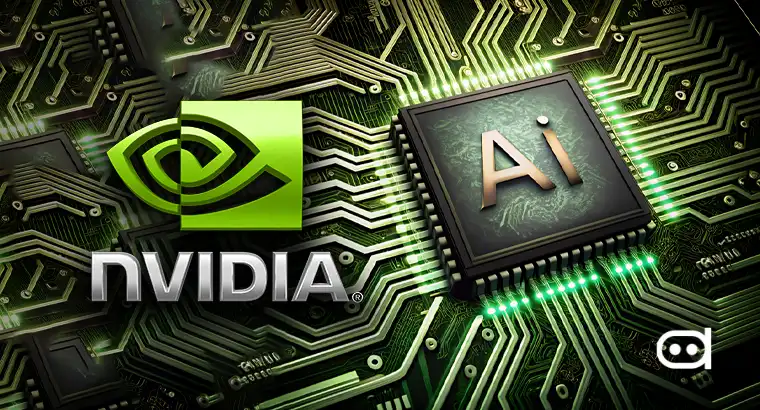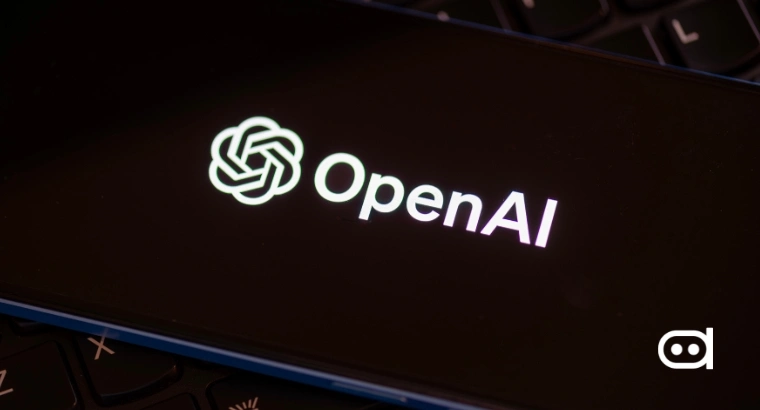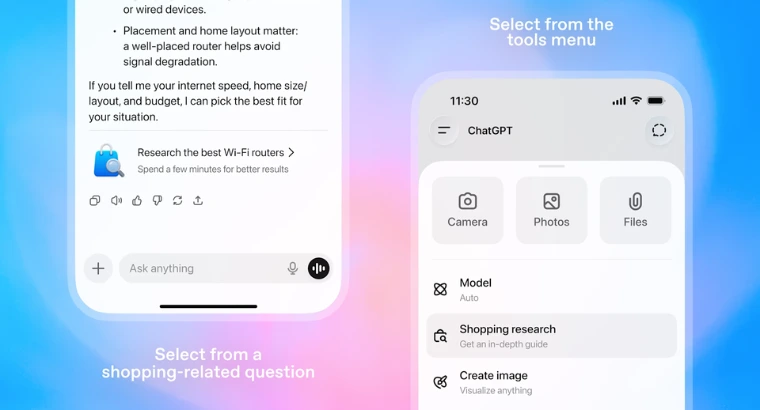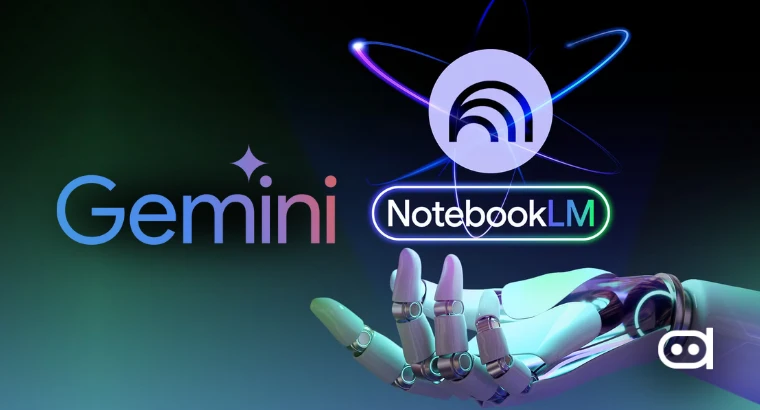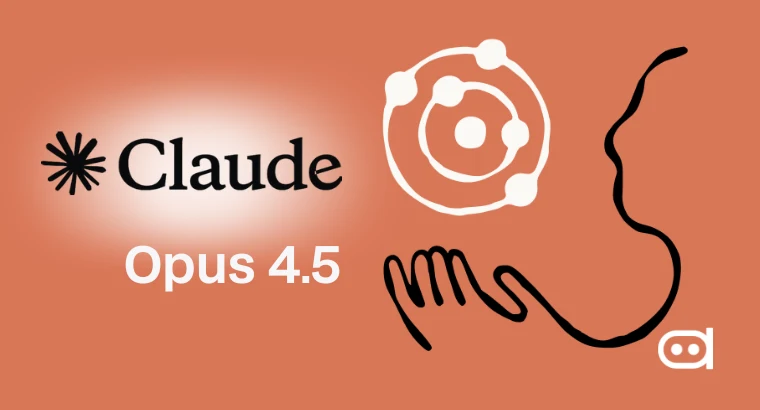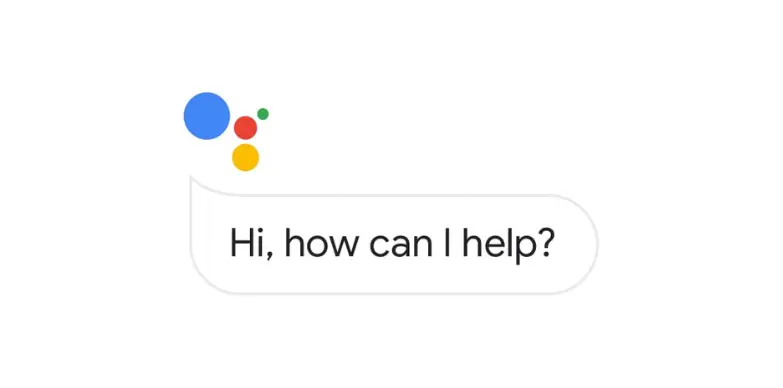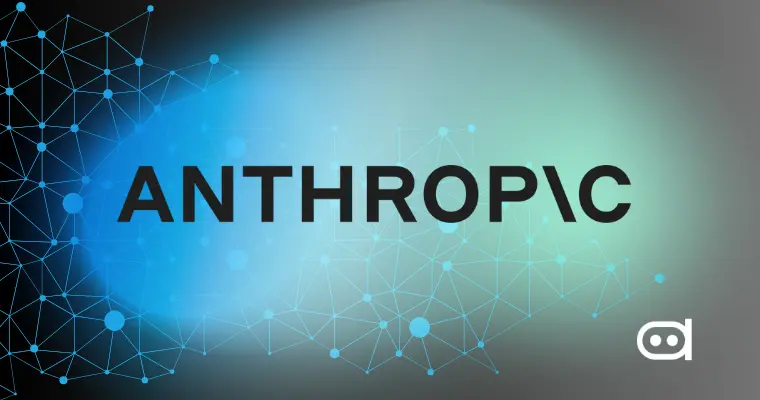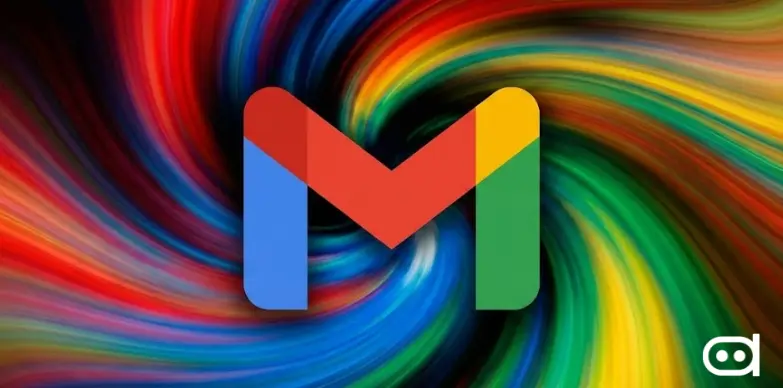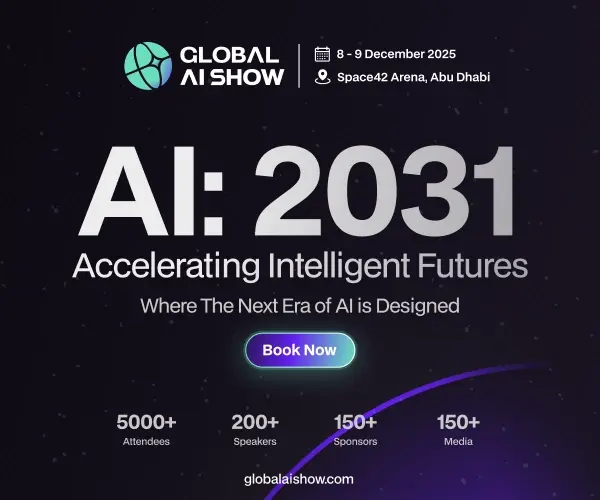
Key Highlights
- According to Goldman Sachs Research, AI may displace 6-7% of U.S. jobs, but historically, new roles are also emerging to fill gaps.
- AI could boost productivity by 15% in developed markets
- However, jobs with routine tasks like coding, customer service are at risk, according to the report
The fear that artificial intelligence will wipe out jobs is not new. Every time a major technological shift happens, people panic about robots stealing work.
But according to Goldman Sachs Research, the reality is more complicated and less scary. While AI is already changing how we work, it is not the job-eating monster some make it out to be.
The Goldman Sachs report states that “Despite concerns about widespread job losses, AI adoption is expected to have only a modest and relatively temporary impact on employment levels.”
If AI spreads across the economy the way experts expect, about 6-7% of U.S. workers could find their jobs displaced. That is not nothing, but it is also not the mass unemployment some predict.
Even then, most of that impact would be temporary. History shows that when technology shakes up the job market, new opportunities eventually fill the gap. Think about it as 60% of today’s jobs did not even exist in 1940. The same will likely happen with AI, according to the document.
Goldman Sachs Report Suggests Surge in Unemployment
Still, the transition will not be painless. Goldman Sachs estimates unemployment could increase by half a percentage point as workers shift into new roles. “Goldman Sachs Research estimates that unemployment will increase by half a percentage point during the AI transition period as displaced workers seek new positions,” the report states.
Some industries are already feeling the squeeze. Younger tech workers, especially those in their 20s, are seeing unemployment rise faster than their older peers. Jobs in coding, accounting, customer service, and legal support are most at risk, while roles like air traffic controllers, surgeons, and CEOs are safer, at least for now.
The big question is not just whether AI will take jobs, but how it will change them. Productivity is expected to jump by 15% in developed markets once AI is fully integrated. It means workers could get more done in less time, businesses could grow faster, and new industries could pop up.
But it also means some tasks, especially repetitive ones, will no longer need human hands. The key, economists say, is adaptation. Workers who learn to use AI as a tool, rather than compete against it, will come out ahead.
“A recent pickup in AI adoption and reports of AI-related layoffs have raised concerns that AI will lead to widespread labor displacement,” Joseph Briggs, who co-leads the Global Economics team in Goldman Sachs Research, and economist Sarah Dong, stated. “While these trends could broaden as adoption increases, we remain skeptical that AI will lead to large employment reductions over the next decade.”
So far, the actual job losses tied to AI have been limited. Only about 9% of companies are using AI in their daily operations, and most of the cuts have been in tech and finance. Big firms like Microsoft and Google are slowing hiring for entry-level roles because AI can handle some tasks that used to go to junior employees.
In 2025, AI has triggered significant layoffs across the tech sector, with over 10,000 job cuts in July alone attributed to the adoption of generative AI technologies by private employers, according to a report by Challenger, Gray & Christmas.
Major companies like Microsoft, Amazon, and Intel have announced workforce reductions, with Microsoft cutting 9,000 roles and Amazon CEO Andy Jassy stating will reduce corporate headcount over the next few years.
However, overall, the labor market has not collapsed. In fact, AI is creating new jobs just as fast as it’s changing old ones. Data scientists, AI engineers, and machine learning specialists are in high demand, with salaries rising as companies scramble to hire talent.
According to Goldman Sachs, AI is reshaping work, but not erasing it. The jobs most at risk are the ones built on routine tasks such as number crunching, form-filling, and basic customer queries.
However, AI also has some adverse impacts. For example, a recent study by the Ethics and Public Policy Center (EPPC) revealed that over-reliance on AI tools can undermine the very skills we’re trying to teach.
